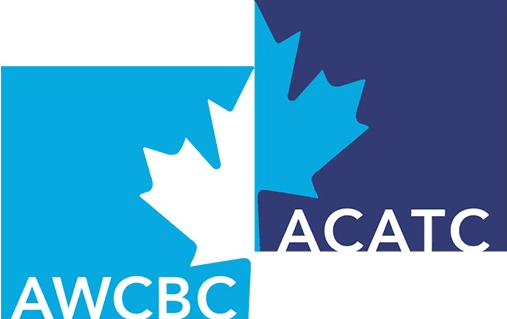Press Enter
Issue
Many individuals who experience work-related lower body injuries use crutches, canes, or walkers acutely or chronically. Although these walking aids facilitate independent upright ambulation, and reduce the risks of deconditioning and deep vein thromboses, walking aid use also results in repetitive upper limb weight-bearing, which may lead to secondary upper limb pain or injury, such as stress fracture, nerve entrapment or arterial aneurysm. Walking aid use has also been associated with increased risk of falling, potentially resulting in fracture, laceration, or traumatic brain injury. The addition of a walking aid-related injury to an individual with already impaired mobility may compound disability, impair quality of life, and delay return to work. Patients often do not receive adequate training on walking aid fitting or use after a lower body injury, and that this may increase the risk of walking aid-related injury. In addition, when education is provided in many clinical settings, patients often only recall 15-40% of the interaction. Over the last 2 years, we have developed an interactive video- and question-based app to reduce the risks associated with walking aid use by addressing factors of inadequate walking aid fitting and training education. The app is called Improving Canadians’ Walking Aid skills, Learning, and Knowledge© (ICanWALK). We aim to evaluate the effectiveness of this app in improving movement confidence and reducing pain.
Objectives
Question 1: Does a novel video-based educational walking aid skills app improve balance confidence in walking aid users, as compared to an attentional control app?
Question 2: Does a novel video-based educational walking aid skills app improve clinically relevant outcomes in walking aid users, as compared to an attentional control app?
Anticipated Results
This work may help injured Albertans through reducing the risk of upper limb pain or injury, and the risk of falls, associated with the use of walking aids. It may also help injured Albertans improve their gait and balance following lower limb injury. The technology proposed in this project has been designed to assist caregivers and clinicians as well and provide more equitable access to care. The project will also advance scientific knowledge around the use of interactive video-based app technology for skills acquisition.
